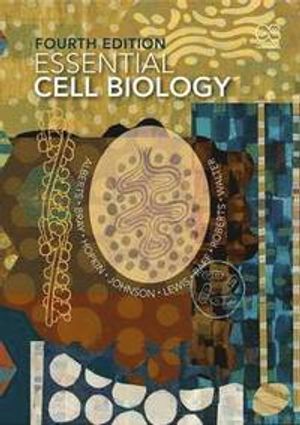

Social Zooarchaeology
- Utgiven: 2011
- ISBN: 9780521143110
- Sidor: 562 st
- Förlag: Cambridge University Press
- Format: Häftad
- Språk: Engelska
Om boken
This is the first book to provide a systematic overview of social zooarchaeology, which takes a holistic view of human-animal relations in the past. Until recently, archaeological analysis of faunal evidence has primarily focused on the role of animals in the human diet and subsistence economy. This book, however, argues that animals have always played many more roles in human societies: as wealth, companions, spirit helpers, sacrificial victims, totems, centerpieces of feasts, objects of taboos, and more. These social factors are as significant as taphonomic processes in shaping animal bone assemblages. Nerissa Russell uses evidence derived from not only zooarchaeology, but also ethnography, history and classical studies, to suggest the range of human-animal relationships and to examine their importance in human society. Through exploring the significance of animals to ancient humans, this book provides a richer picture of past societies.
Åtkomstkoder och digitalt tilläggsmaterial garanteras inte med begagnade böcker
Mer om Social Zooarchaeology (2011)
I november 2011 släpptes boken Social Zooarchaeology skriven av Nerissa Russell. Den är skriven på engelska och består av 562 sidor. Förlaget bakom boken är Cambridge University Press.
Köp boken Social Zooarchaeology på Studentapan och spara pengar.
Referera till Social Zooarchaeology
Harvard
Russell, N. (2011). Social Zooarchaeology. Cambridge University Press.
Oxford
Russell, Nerissa, Social Zooarchaeology (Cambridge University Press, 2011).
APA
Russell, N. (2011). Social Zooarchaeology. Cambridge University Press.
Vancouver
Russell N. Social Zooarchaeology. Cambridge University Press; 2011.



















